When I first switched to Nikon, I did not own any “Big Glass” for the first eight months! Thanks to Nikon and a good friend, I had big glass on loan to me while I decided.
Before switching systems, I tested the D850 and 400 2.8. One of the big draws to this lens was not only the speed and sharpness, but also the compression of 2.8. The 400 2.8 has a very narrow depth of field, which really blurs out the background and even foregrounds, providing a lot of isolation of your subject and from the environment. I was most interested in testing this lens for the creativity of the 2.8.
Nikon loaned me the 180-400 4.0 with the built in 1.4 for five weeks while I was in India. With this high-quality lens, with such a great range—and at the flip of a switch—you can add another 25% to your length, which is awesome when photographing wildlife. I wanted to love this lens, but I was still struggling between the two: speed or creativity with compression VS range.
Weeks before I had to make a decision, I went to Paul’s Photo, where Mark Comon was kind enough to let me test them both again, side by side. They were both extremely sharp, but at the end of the day, I pictured myself in the Mara during the migration, in low light, with a cat on the hunt. I went with my gut and purchased the 400 2.8 fixed for speed and creativity.
I have had the lens for over a year, but a few weeks ago in the Mara where the grass is tall, I had a low position and low light, I really put the lens to the test. I had the door removed from the Land Cruiser for a lower perspective, and I shot at 2.8 for much of the week.
The images below are all shot full frame, no cropping was done in post. Very little postproduction was done other than the basics; levels, curves, contrast, etc. The grasses are blurred due to shooting at 2.8, at close range where there is very little depth of field. The black and white images are edited in Photoshop, using channels, which allows me to darken and lighten areas by the color space. Lastly, I add a little contrast and color toning.
Yes, there are going to moments when working with a fixed 400 will be frustrating, like on the Chobe River in Botswana, and in the moment I will wish I purchased the 180-400, but this lens pushes my creativity and skill further.
The first three images were shot in color and processed as black and white.



The next two image were shot using the Z7 converted to infrared



I had been shooting vertical and turned the camera back horizontal just as the elephant dusted; thinking I had blown the shot. Editing through my images, I found I love this shot. If I would have had a lens with range, I know I would have pulled back taking a safer approach and not ending up with a risky more creative shot.


Thoughtful, beautiful photos and a great story. I felt like I was in the Landcruiser while you were taking the photos. Your further comments on the selection quandary is something that every photographer can empathize with. Thanks for sharing Piper. Please do more of this so we can learn more from your mastery of our art.
Thank you!! I am so glad I was able to bring you along! I will be happy to share more soon.
The creativity of the photographer is the only thing that really separates us .You chose the perfect lens for YOUR creativity..the images you share are the way those of us that are not in Africa can see the world. Thank you,d
Thank you for the kind comment. The message I always try to get across is to photography for you, what inspires you, and chose the gear that fits your vision.
love your passion Piper, always go with your gut I say, have shot with 400 2.8 for many moons and the Bokeh is amazing, now use the 300 2.8 as I spend a lot of time stalking animals on foot mostly and hardly ever in a vehicle, I do this safely as I have been guiding most of my natural life, and never do this with clients. I feel that as long as you can get an image without interfering with the moment then its fine, staying downwind and making sure its the least impact on the wild subject. i have used the Canon 200-400 with converter built in, but got tired of the gimmick and went back to straight glass, 300f2.8 being my all time favourite btw your reply form does not allow me to leave my URL
Thank you so much!!! I wanted to go with the 180-400 because it seems the safer choice, but I had never owned big glass at 2.8 and I need that experience! All my other glass is 2.8 and I believe in the value of 2.8, so I thought I would regret not having it more than the range. I can only image the wonder adventures you have in the bush!!! The stories you can tell!!! My guy probably has the replies set up not to allow URL’s to avoid all the spammers, but I will check with him.
Great article and nice to go through your thought process. i agree with you – once you start using Primes, you become much less of a lazy photographer and really think through the process of framing and composition 🙂
Stunning images btw
Thank you!! I admit in the short 1 year time I had the 200-400 I loved it, but I still felt the a fast prime lens was best for my expectations.